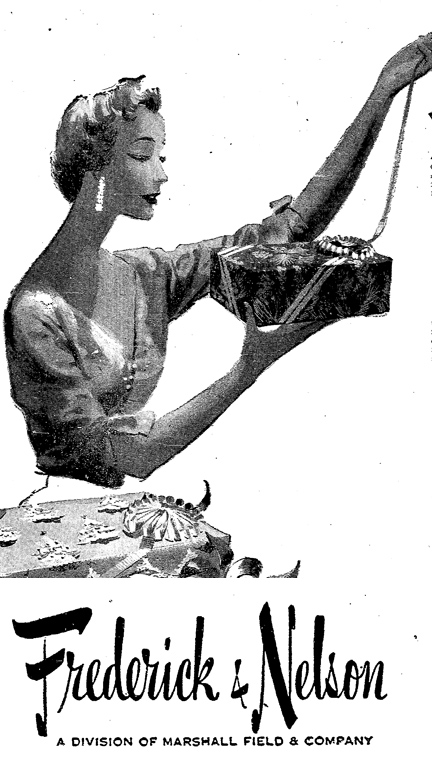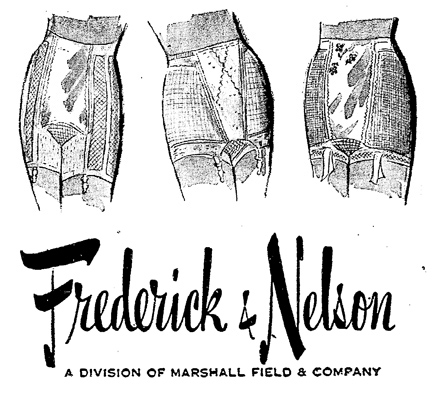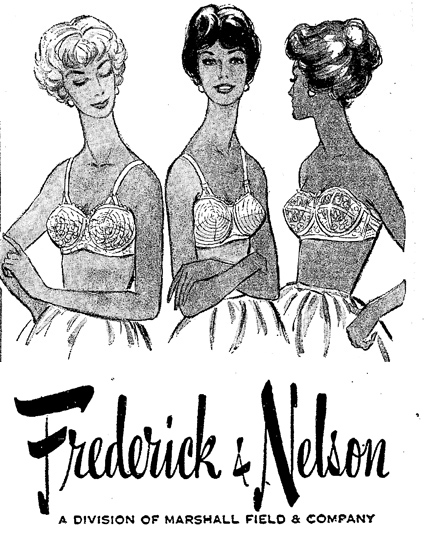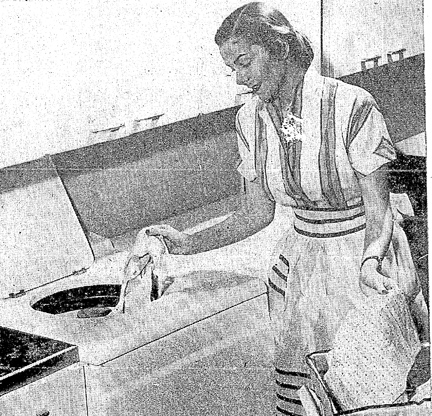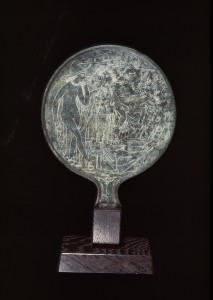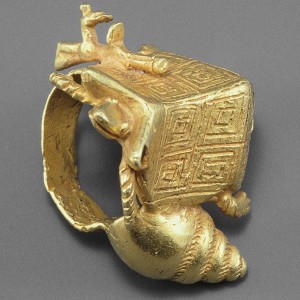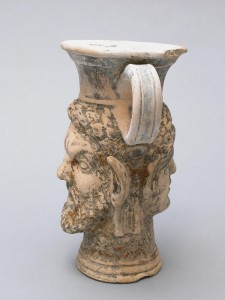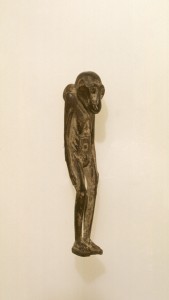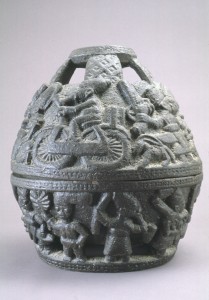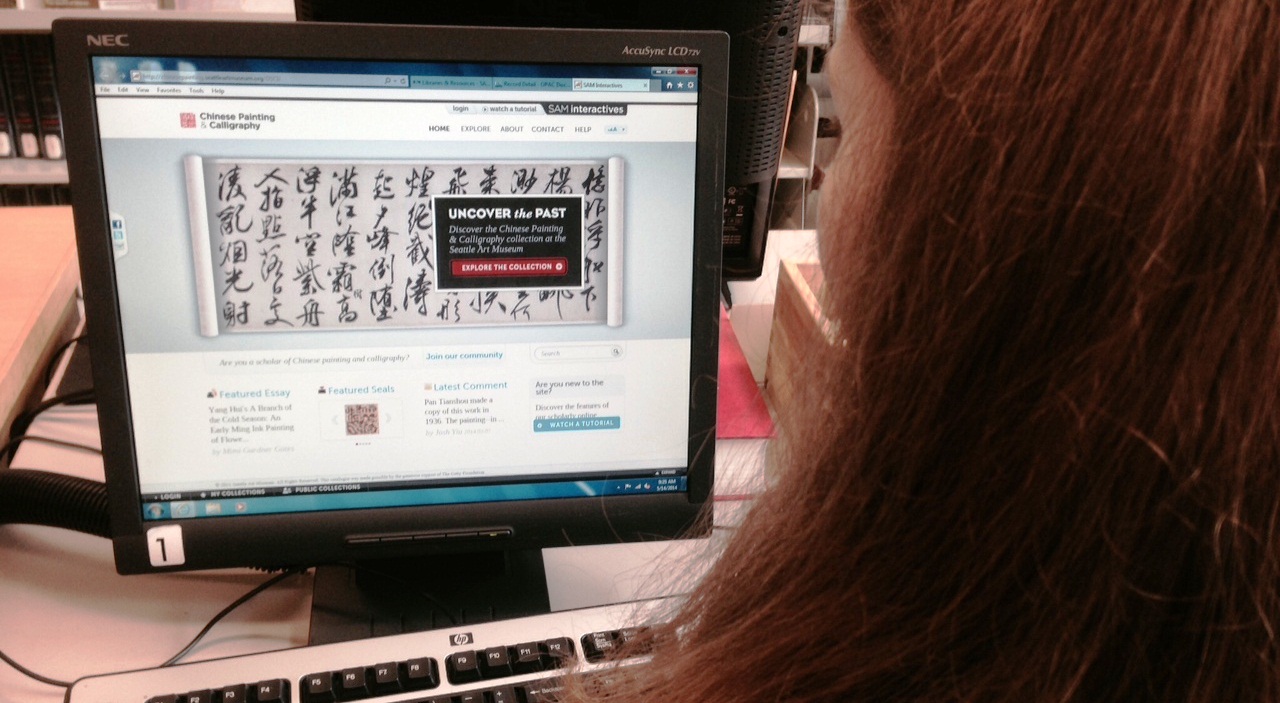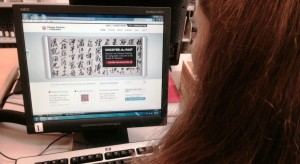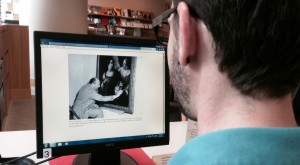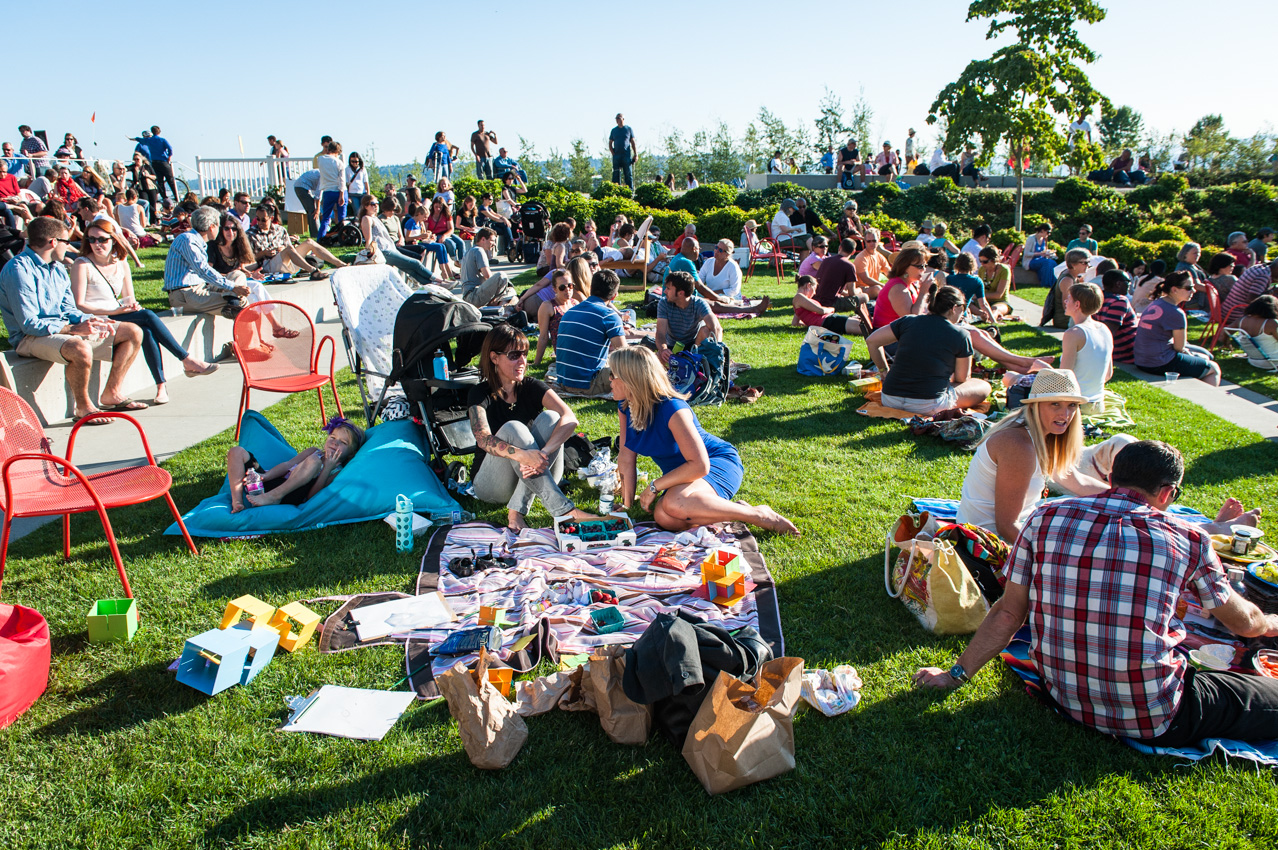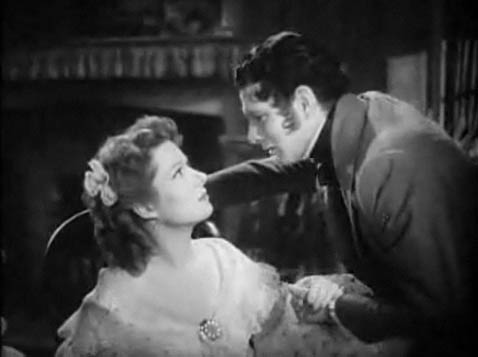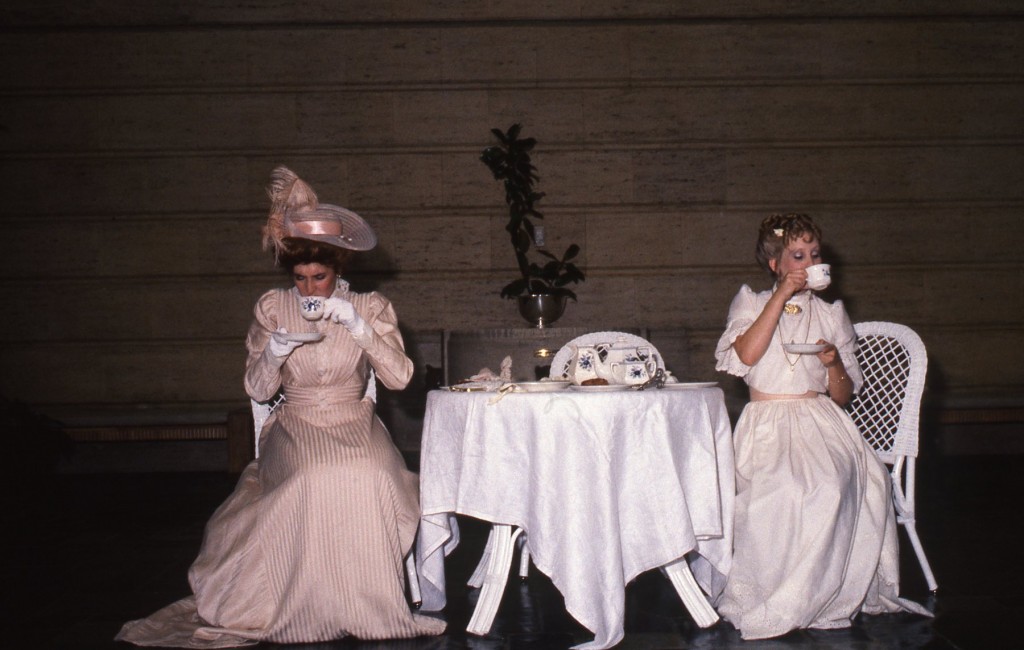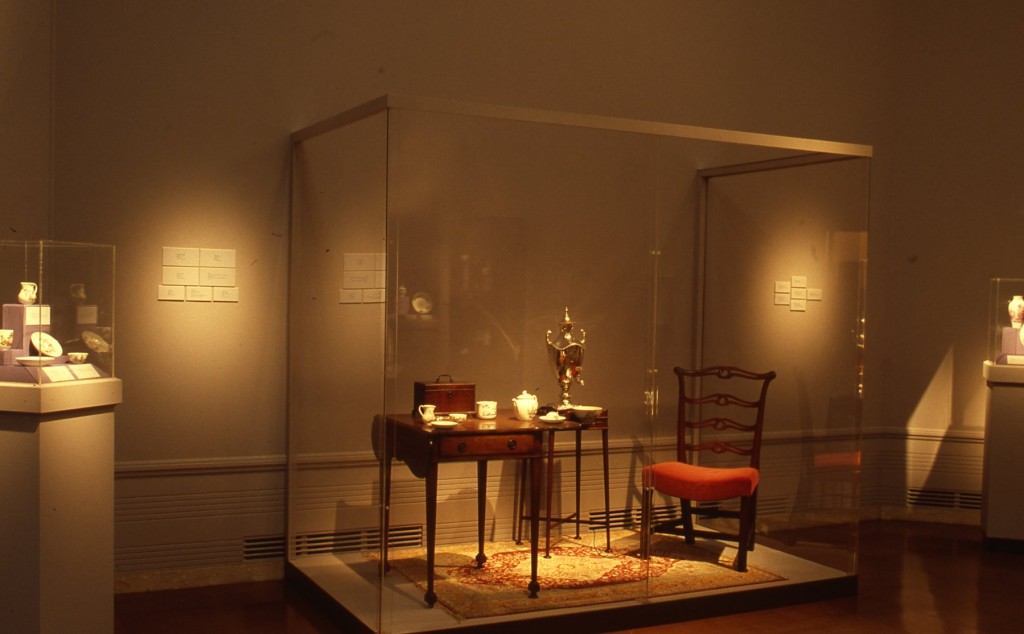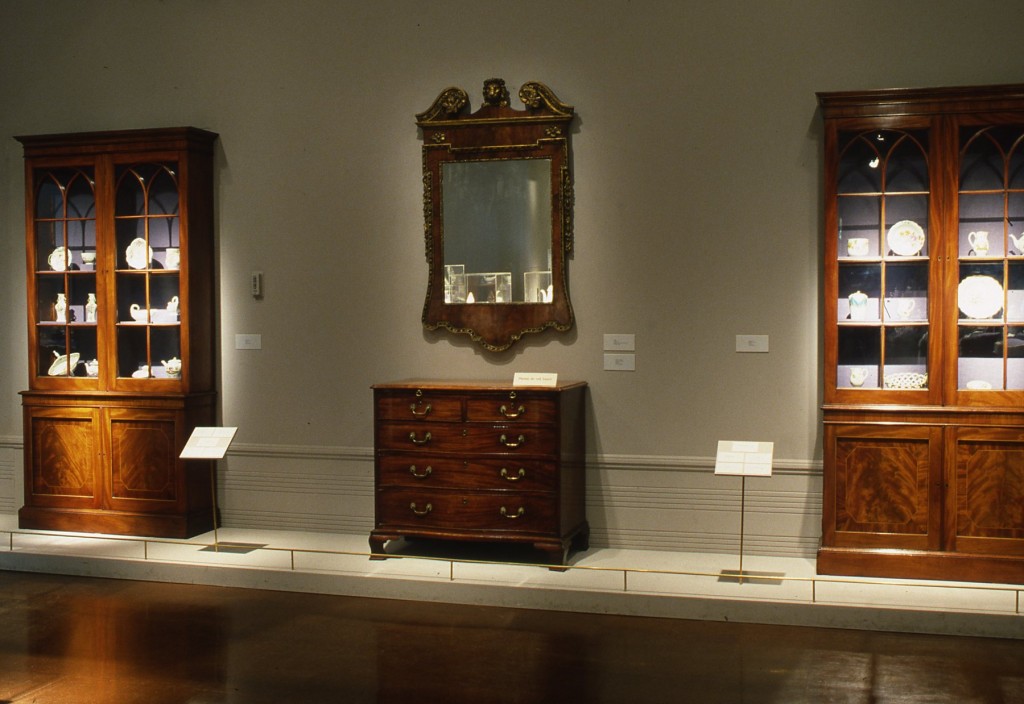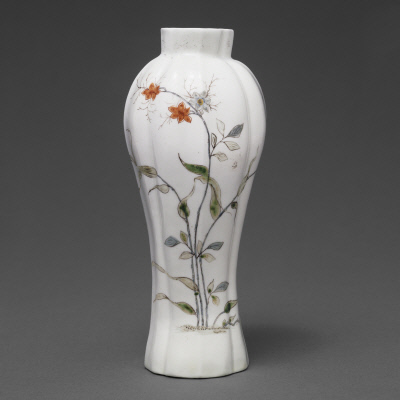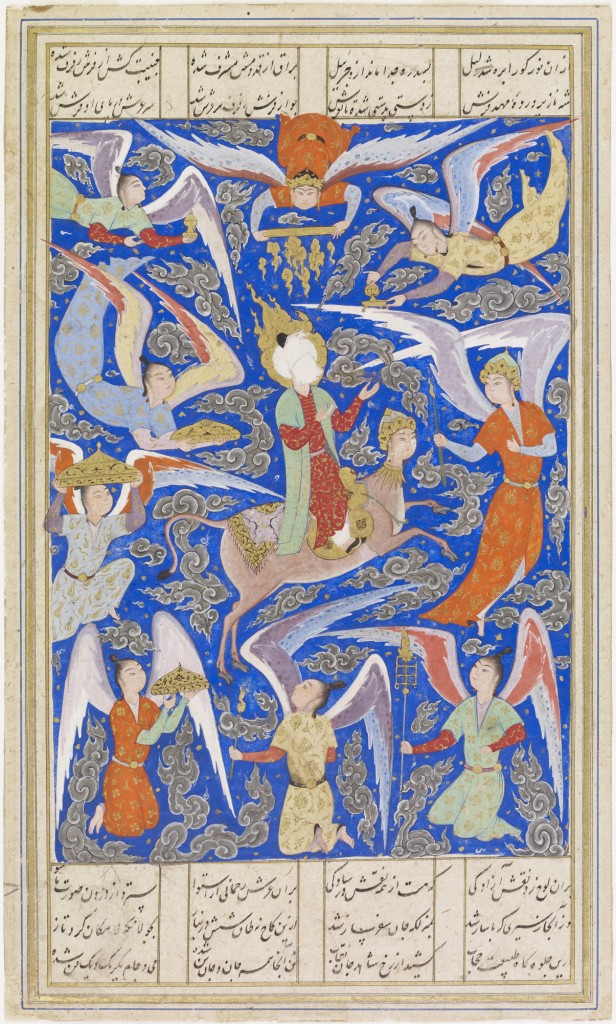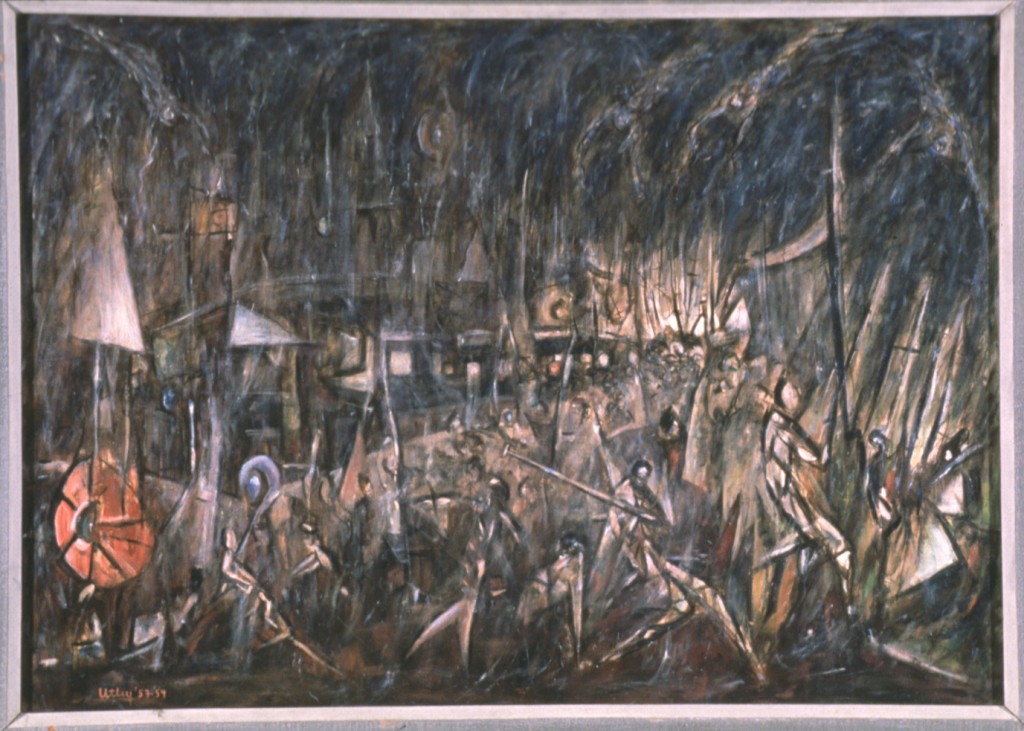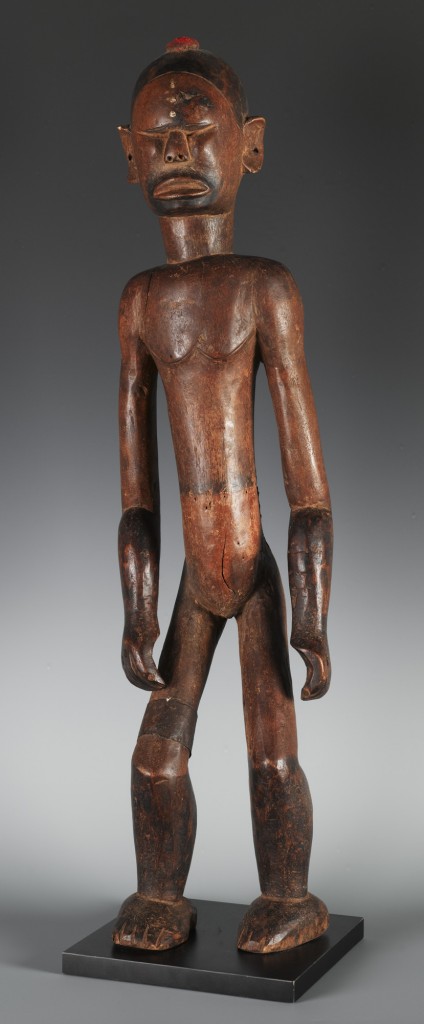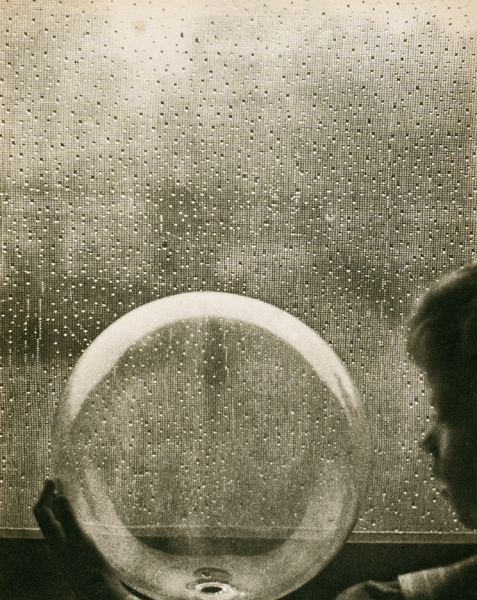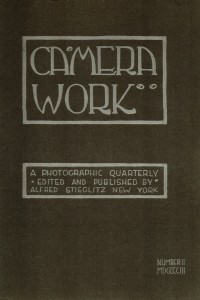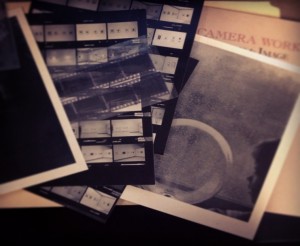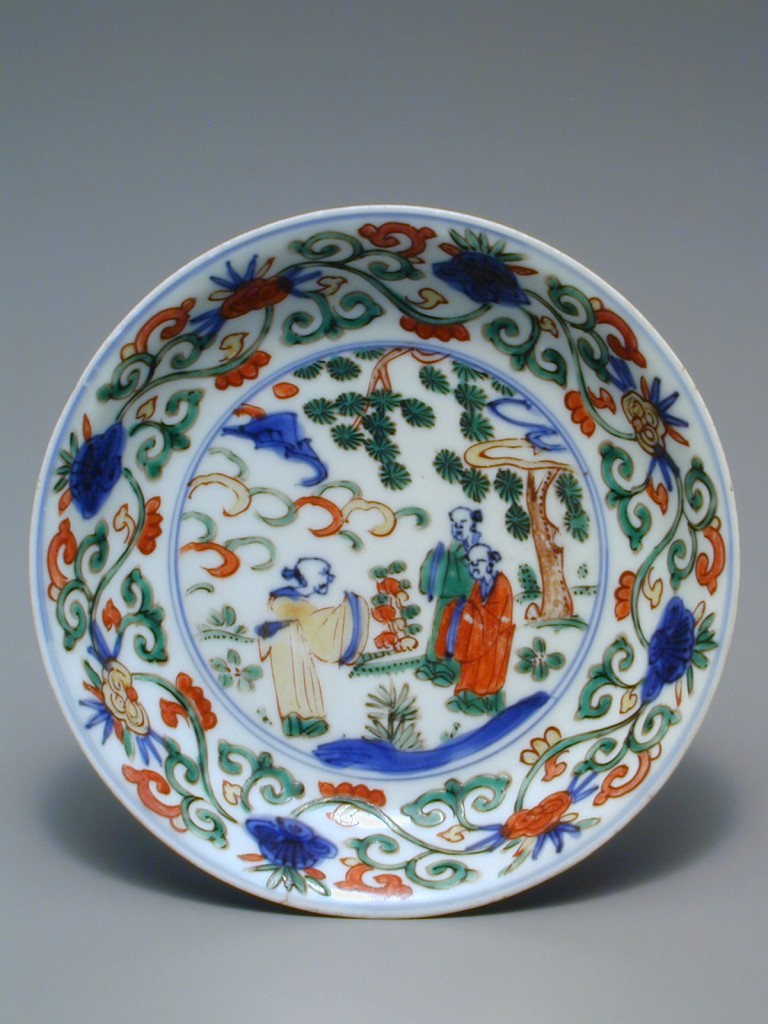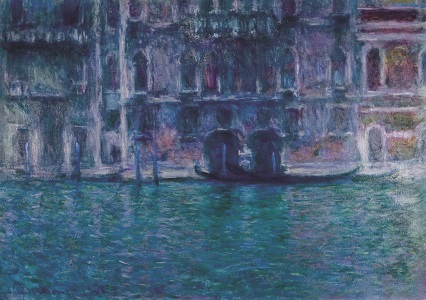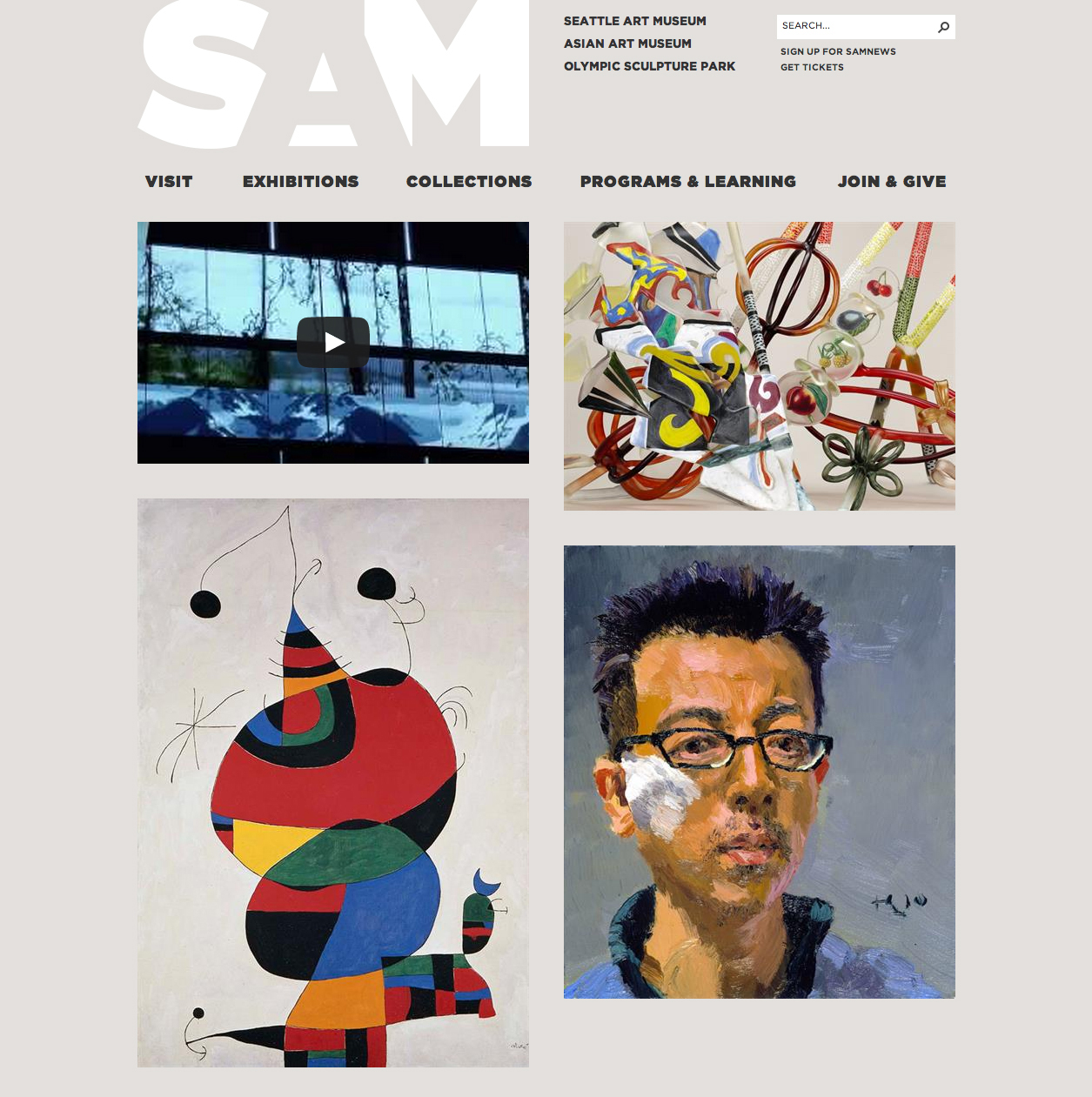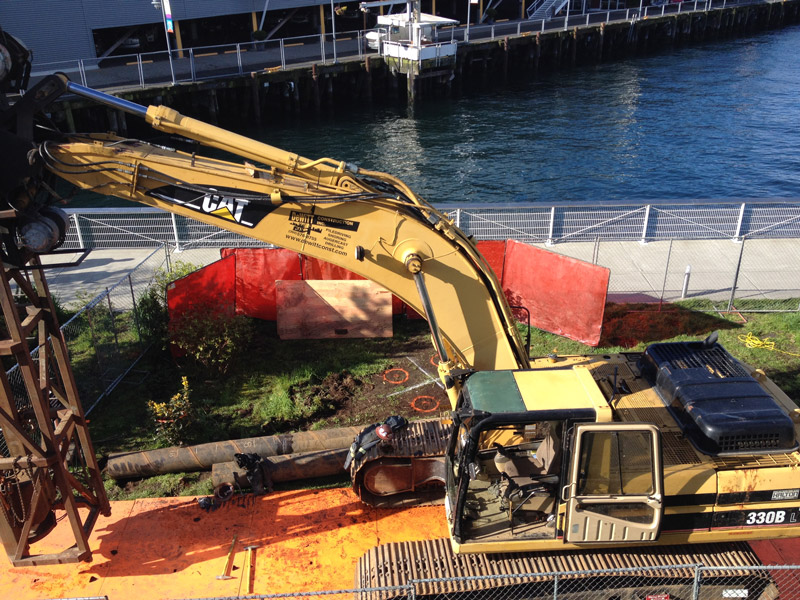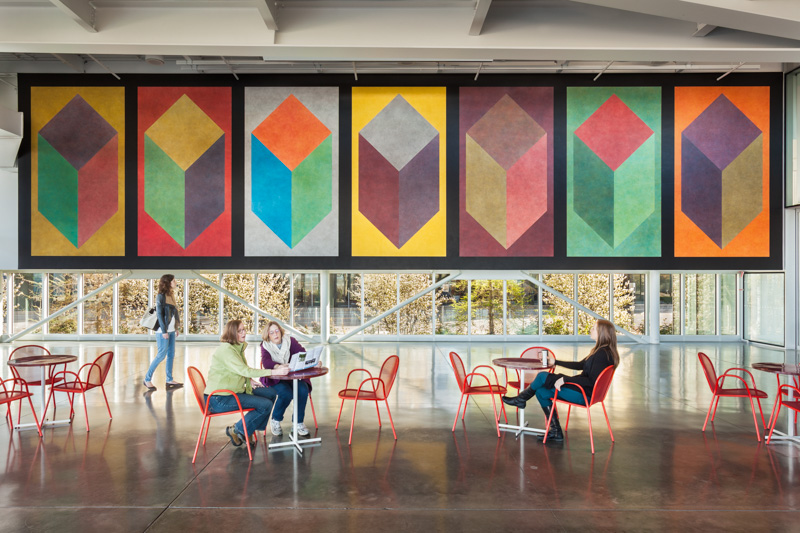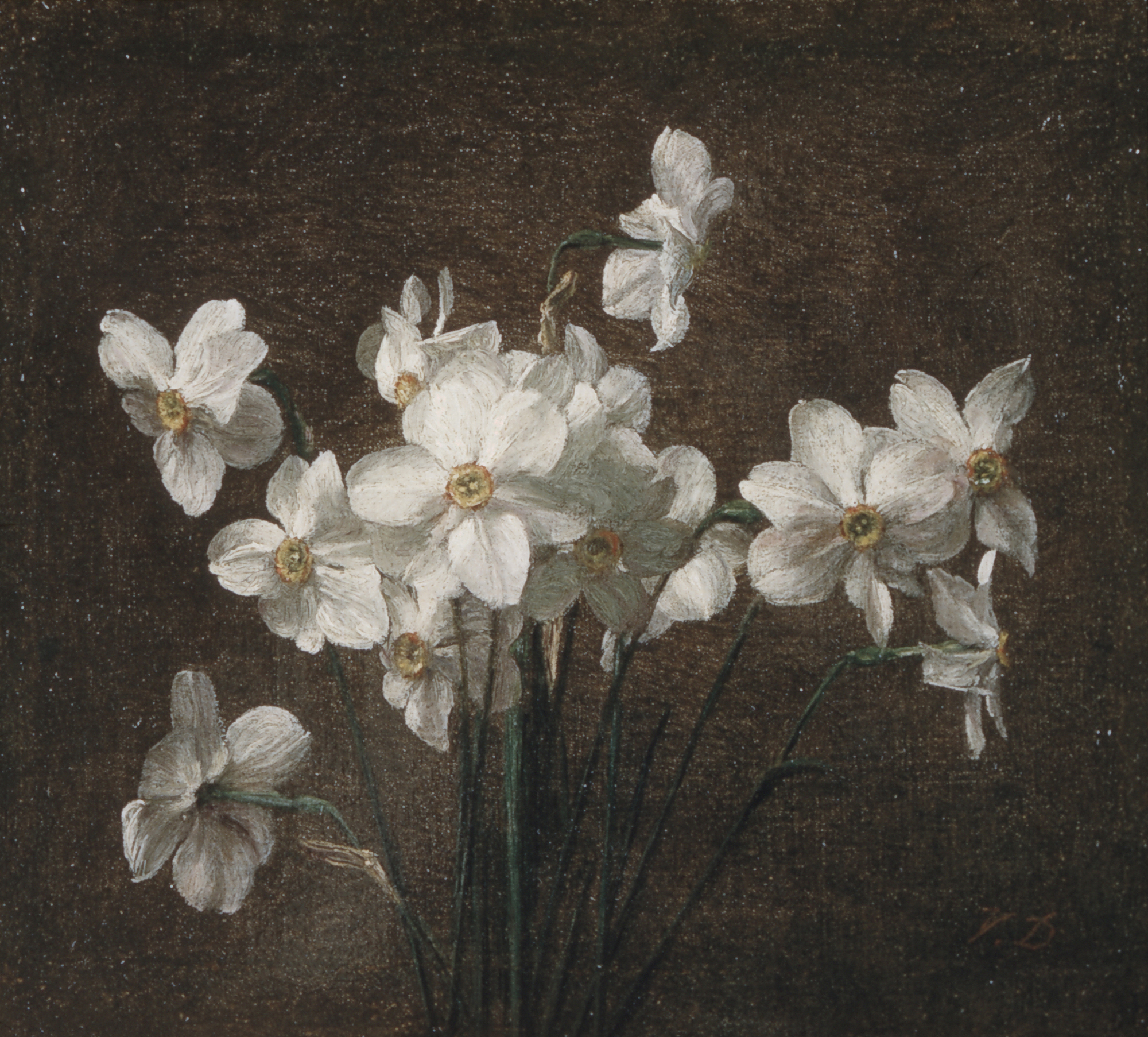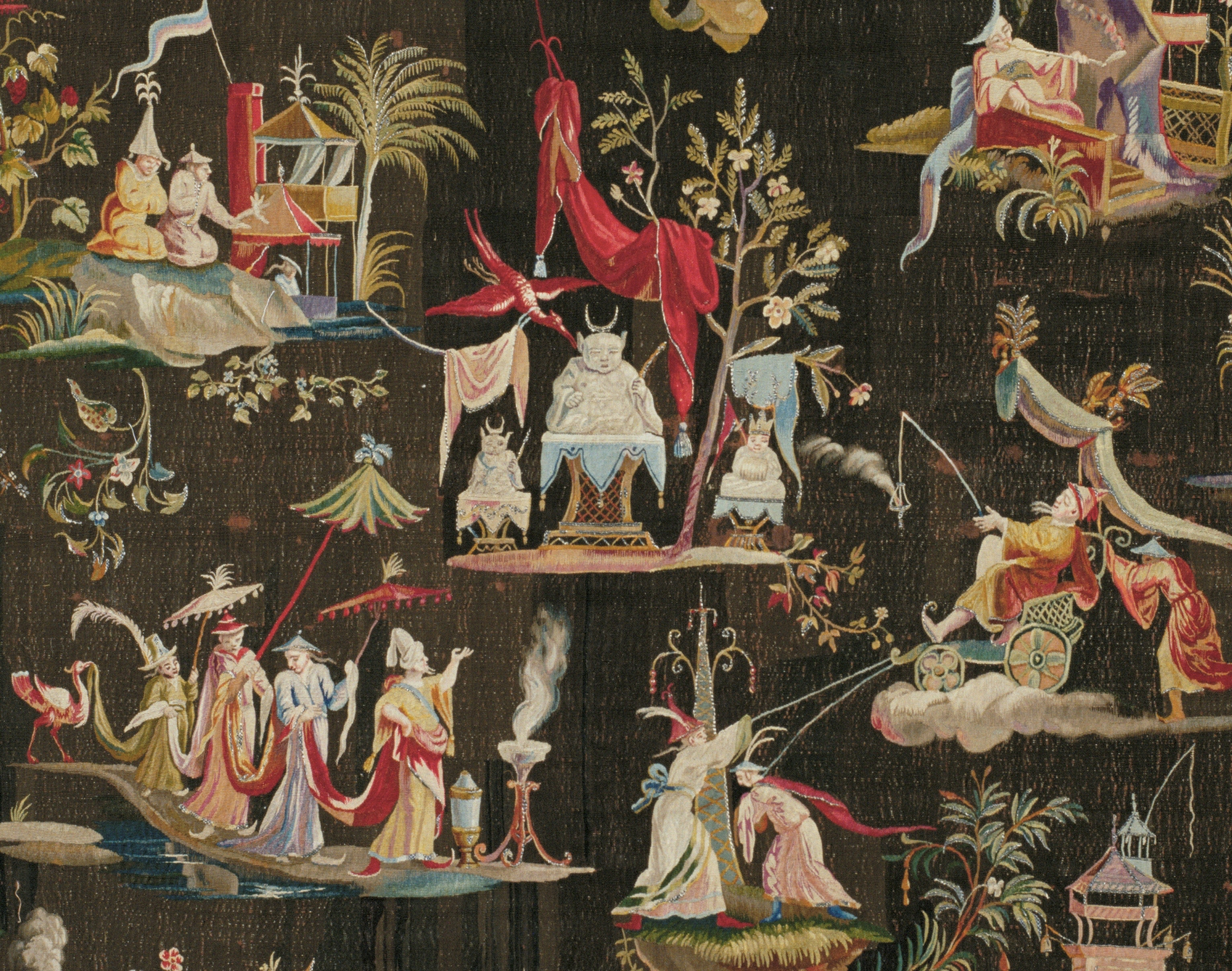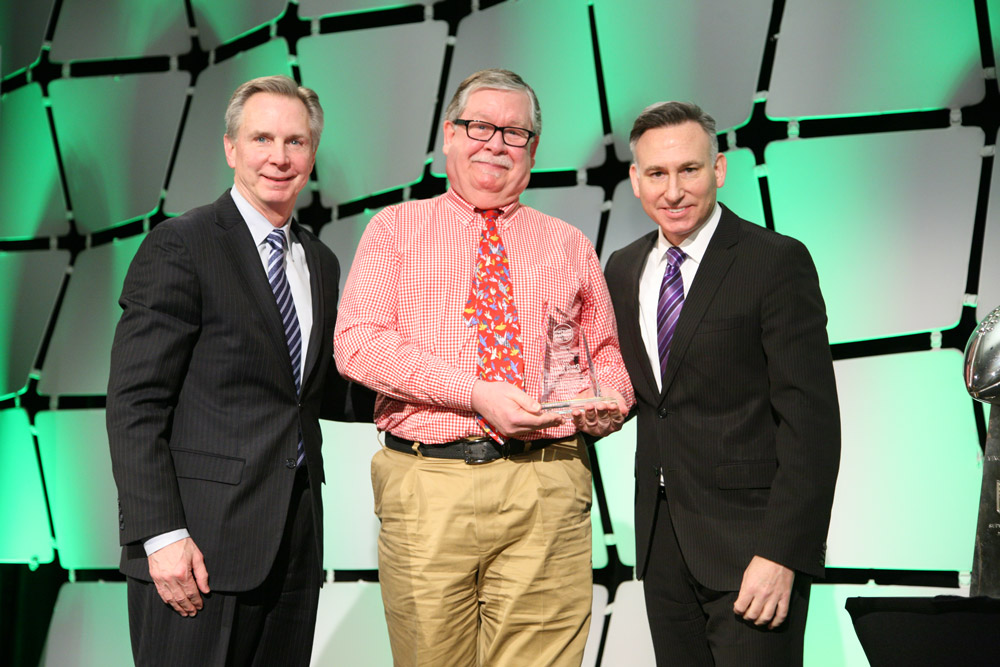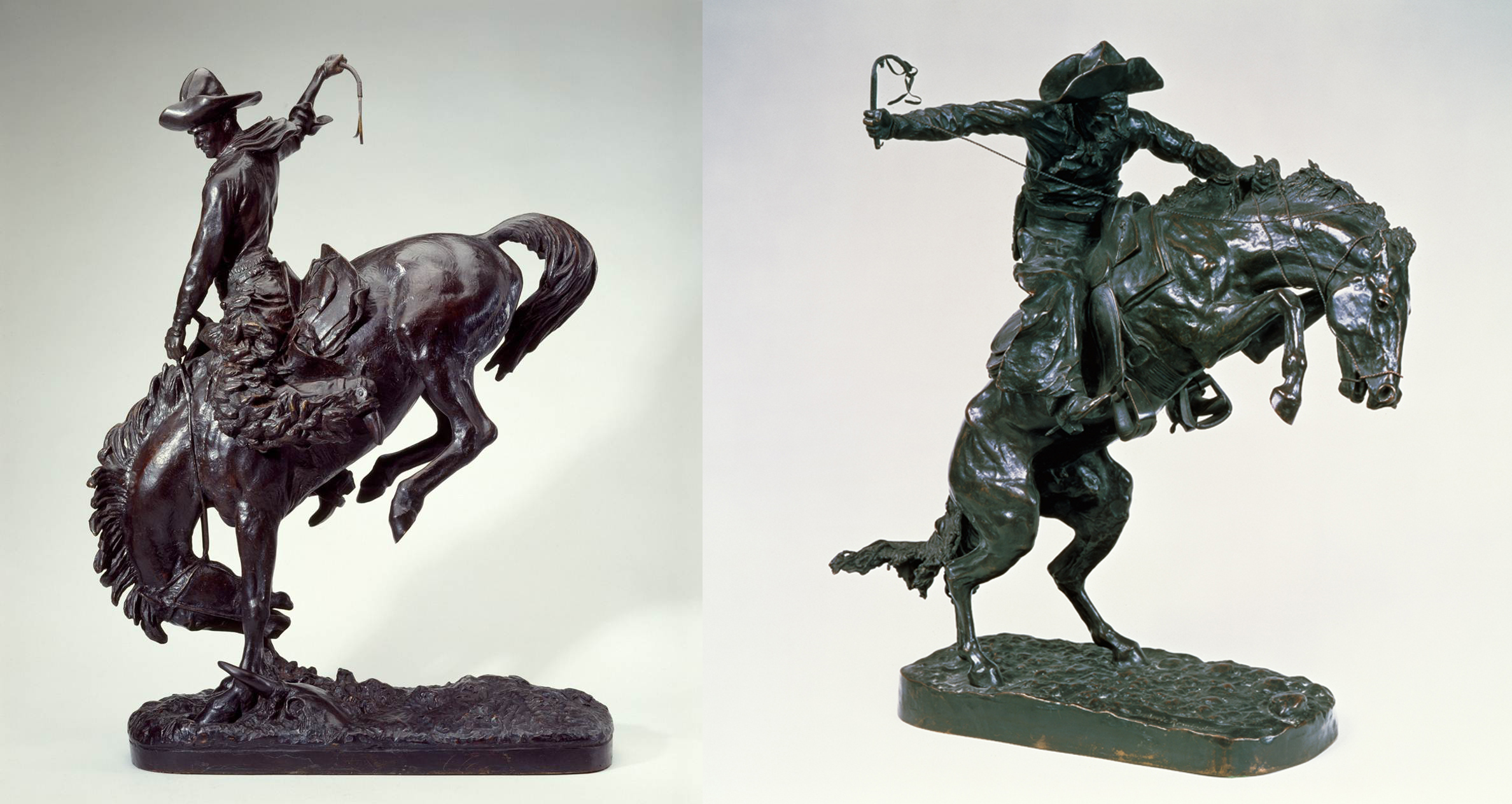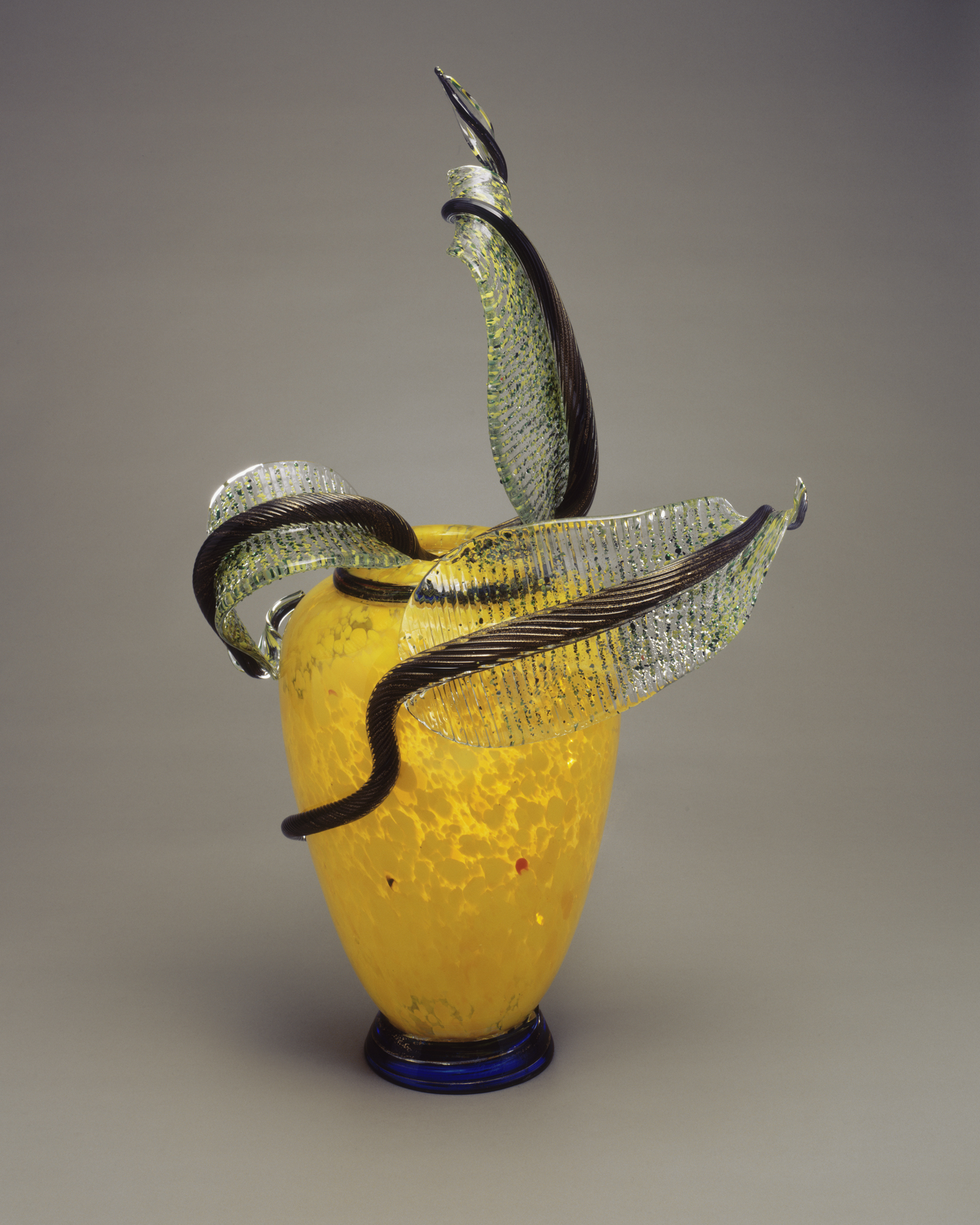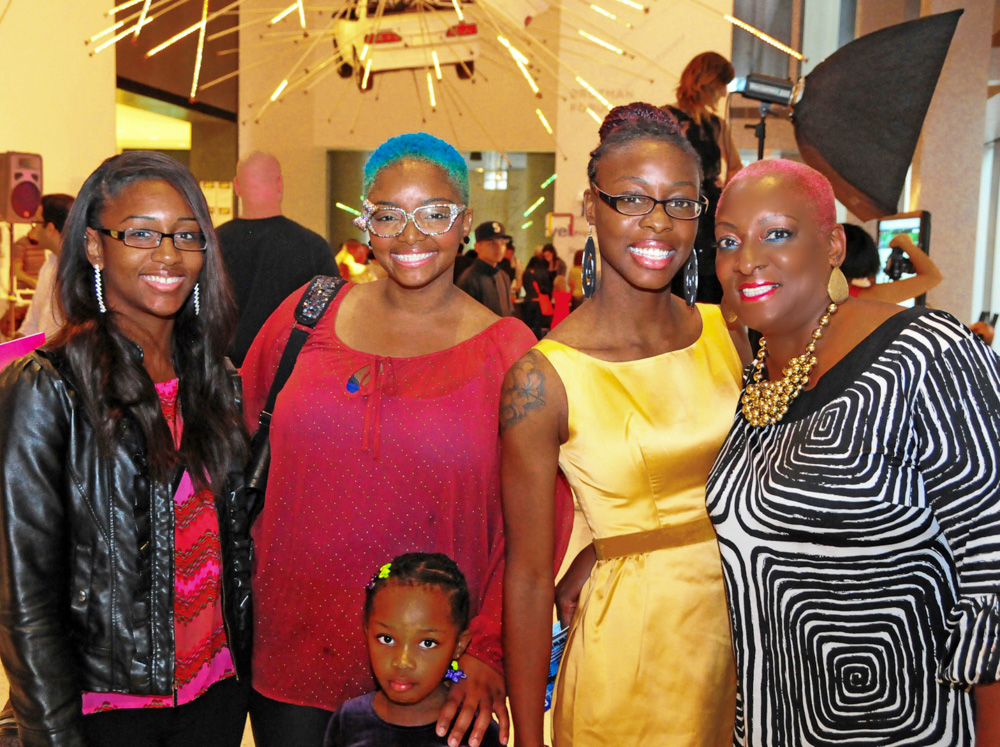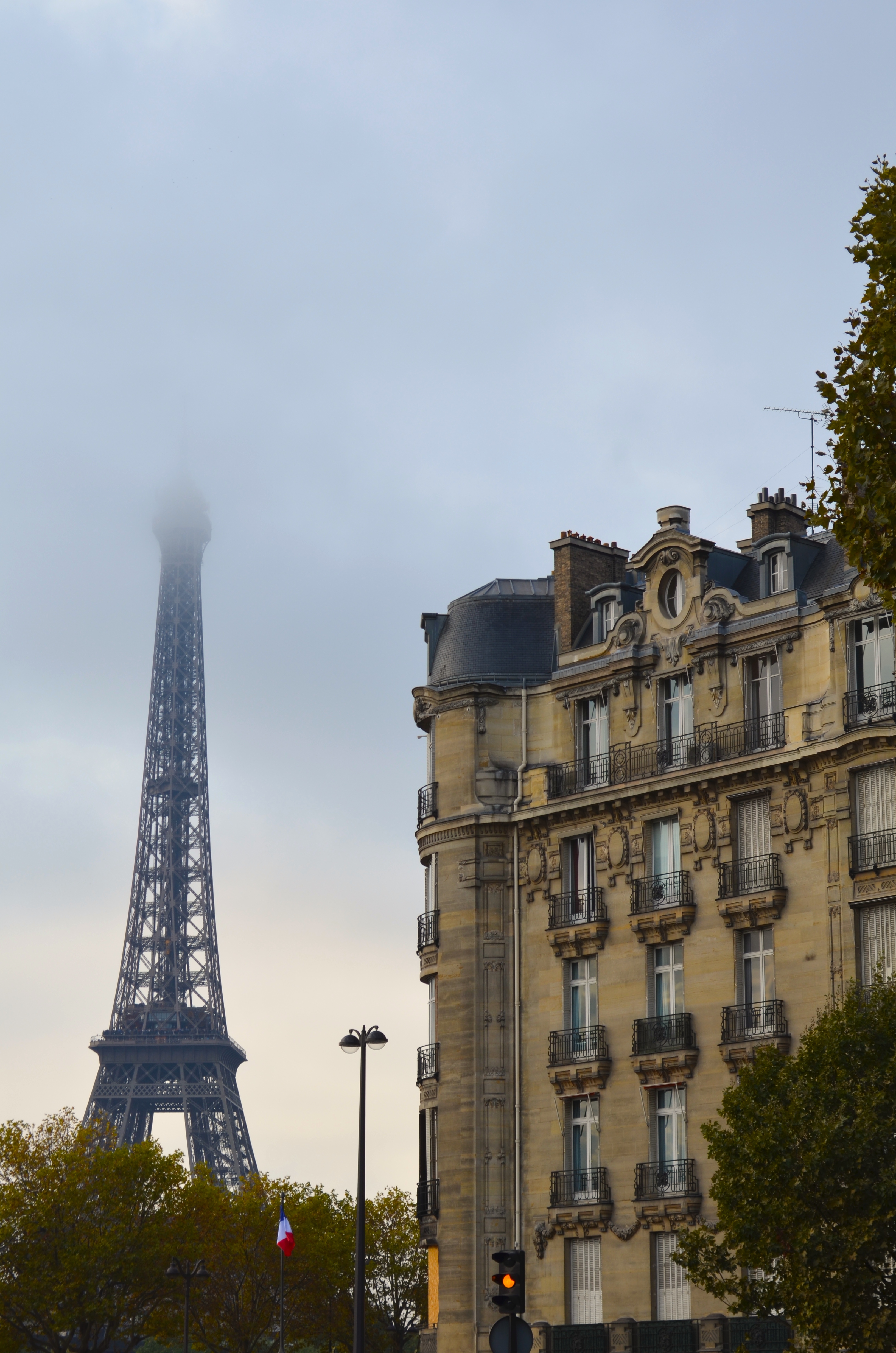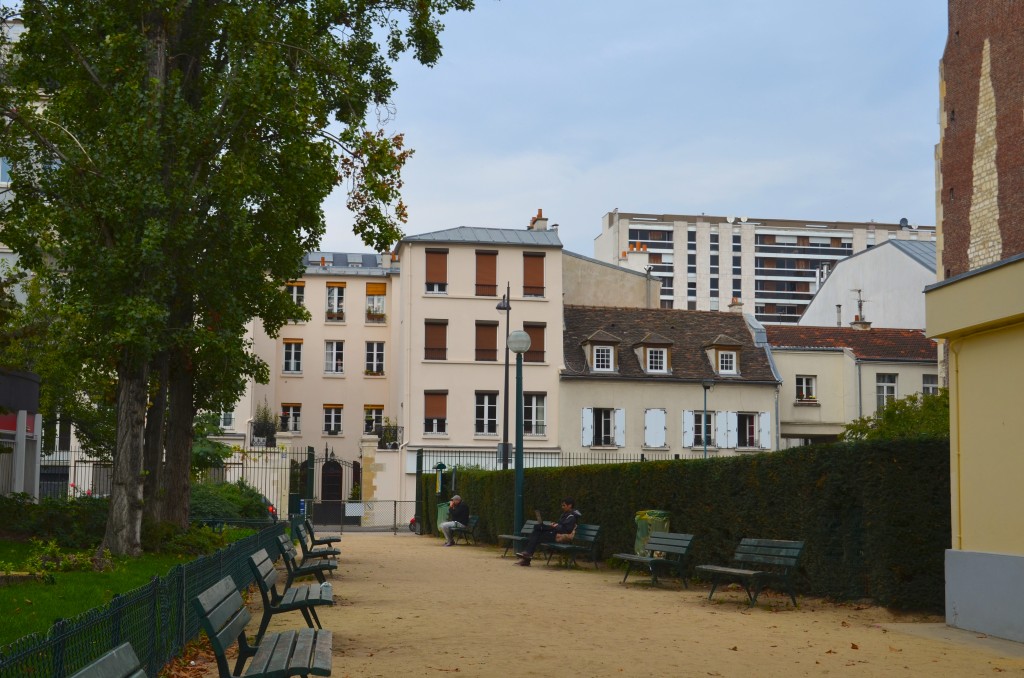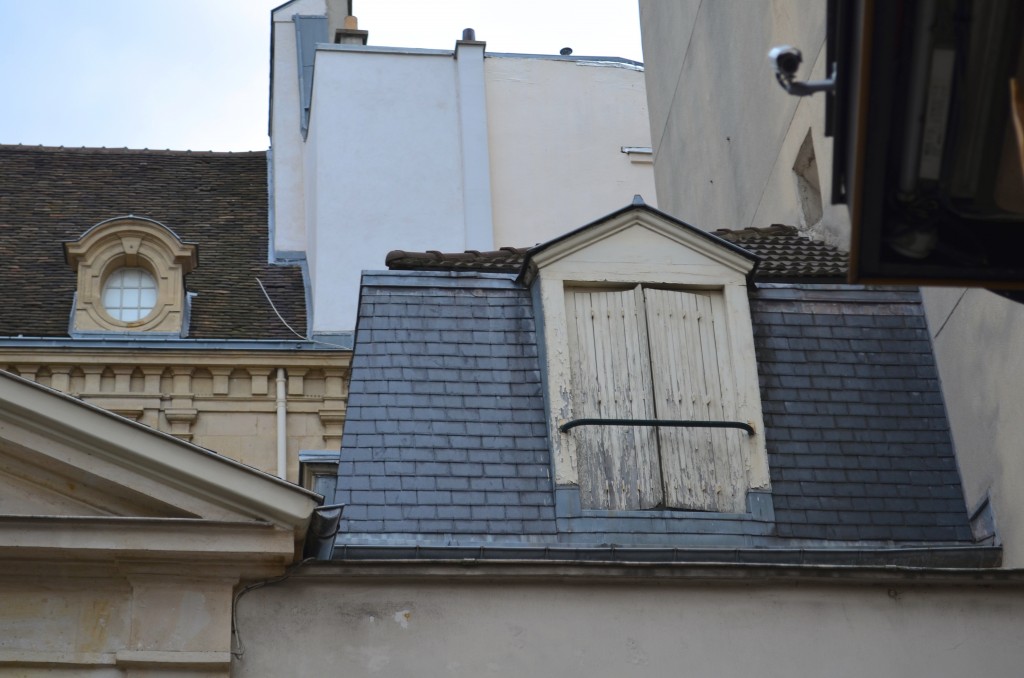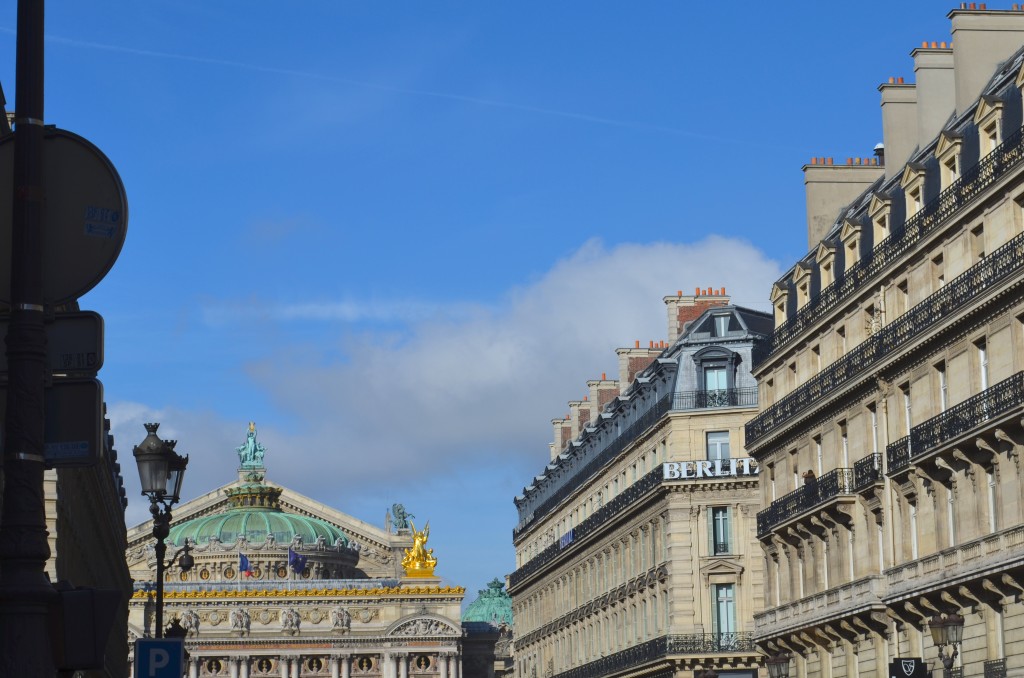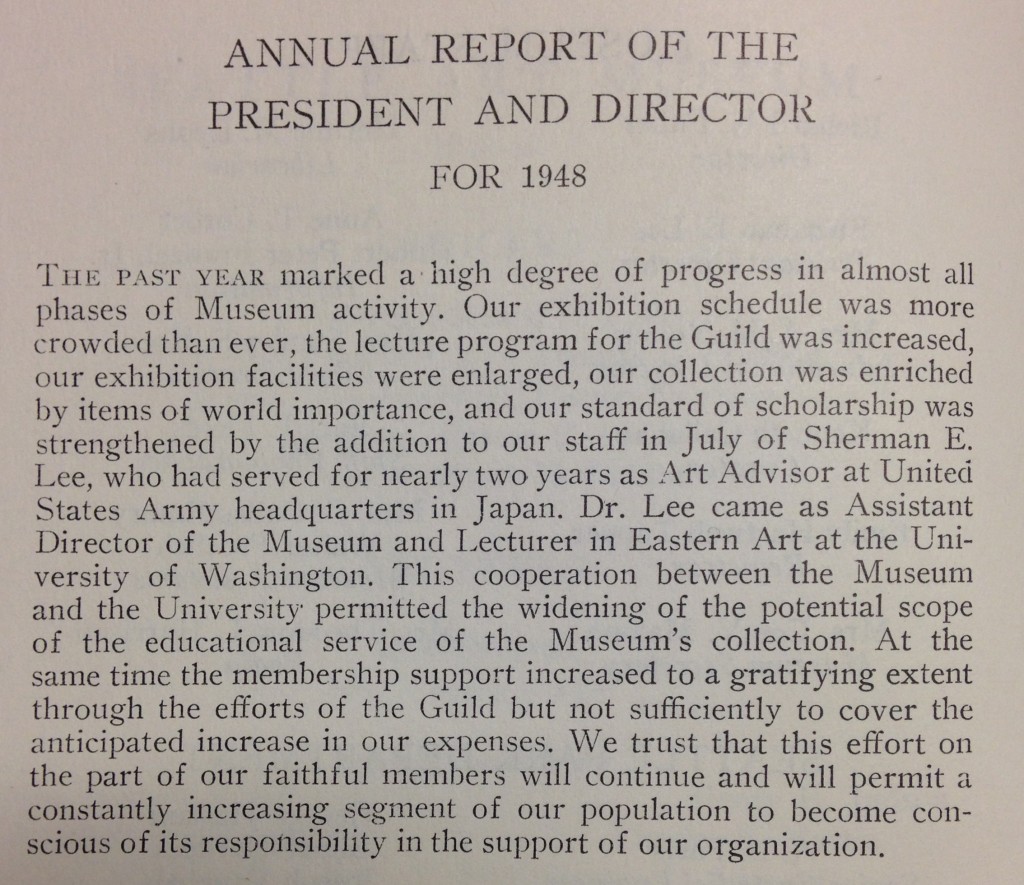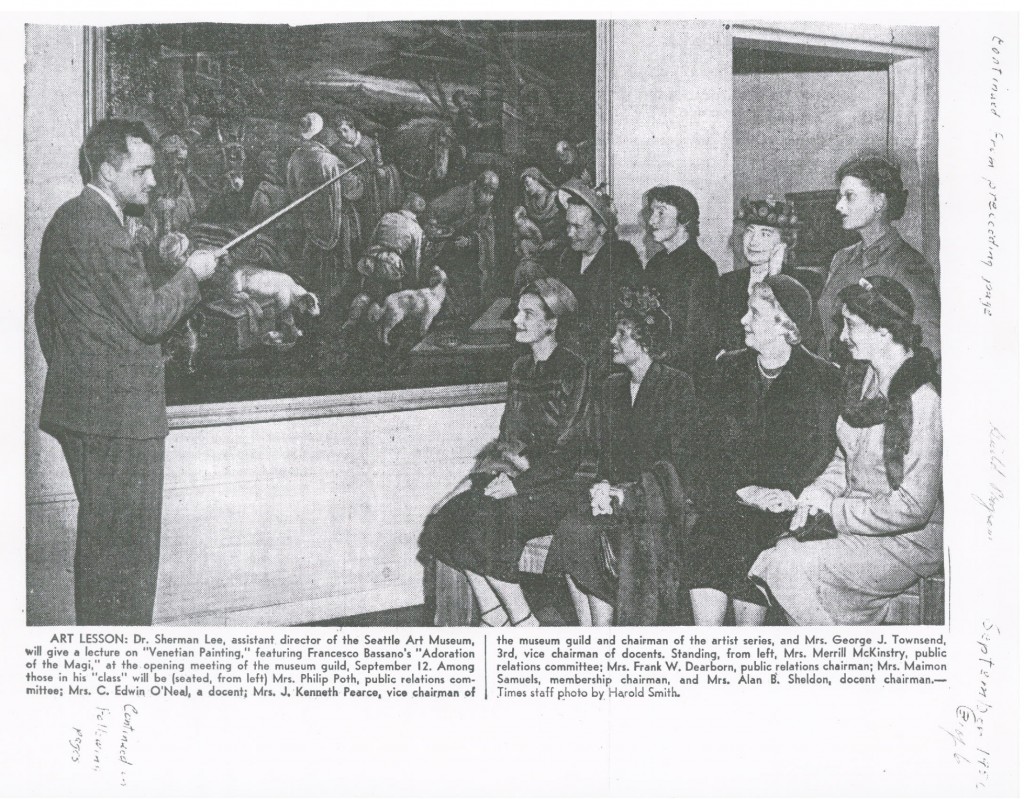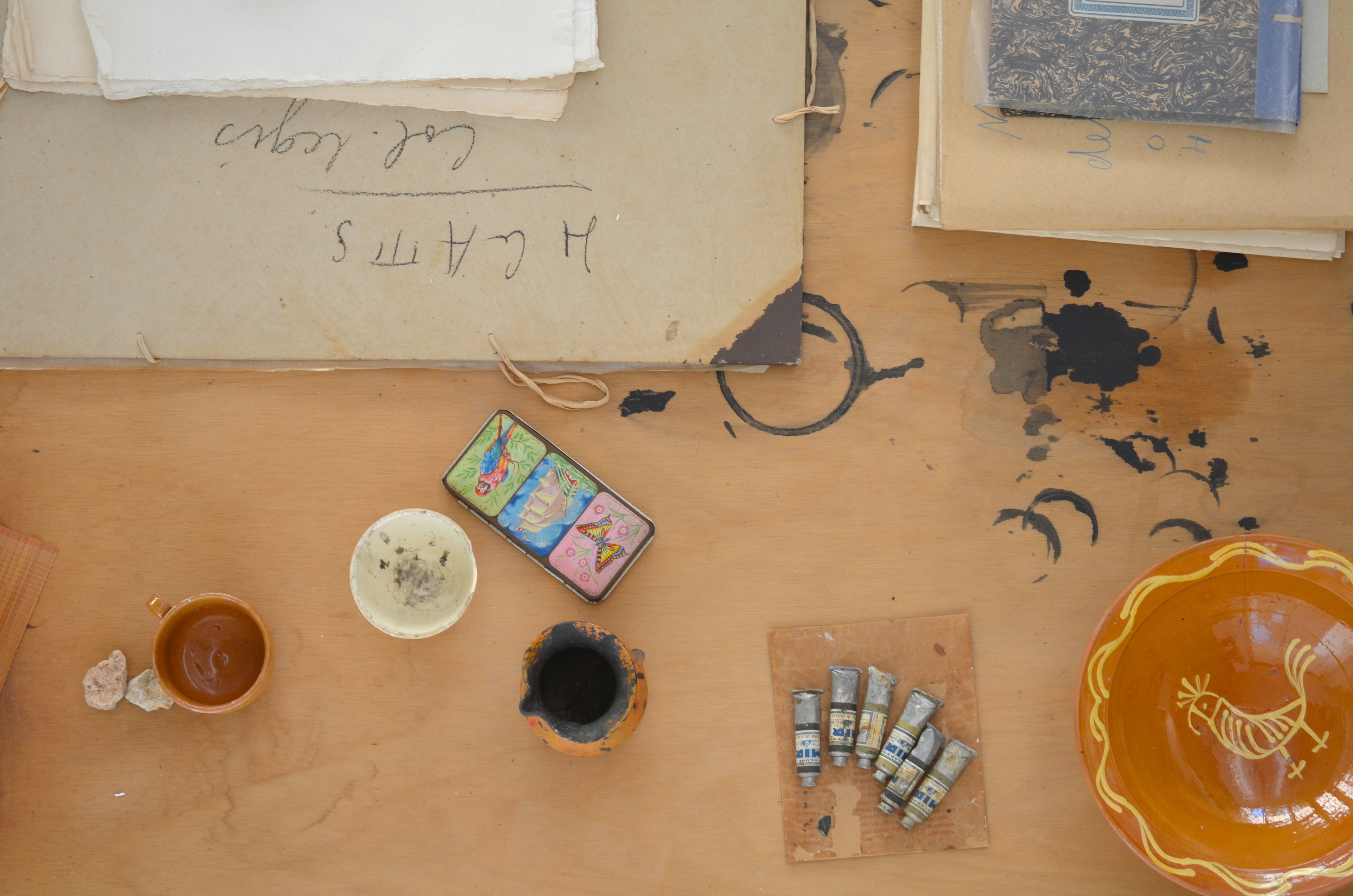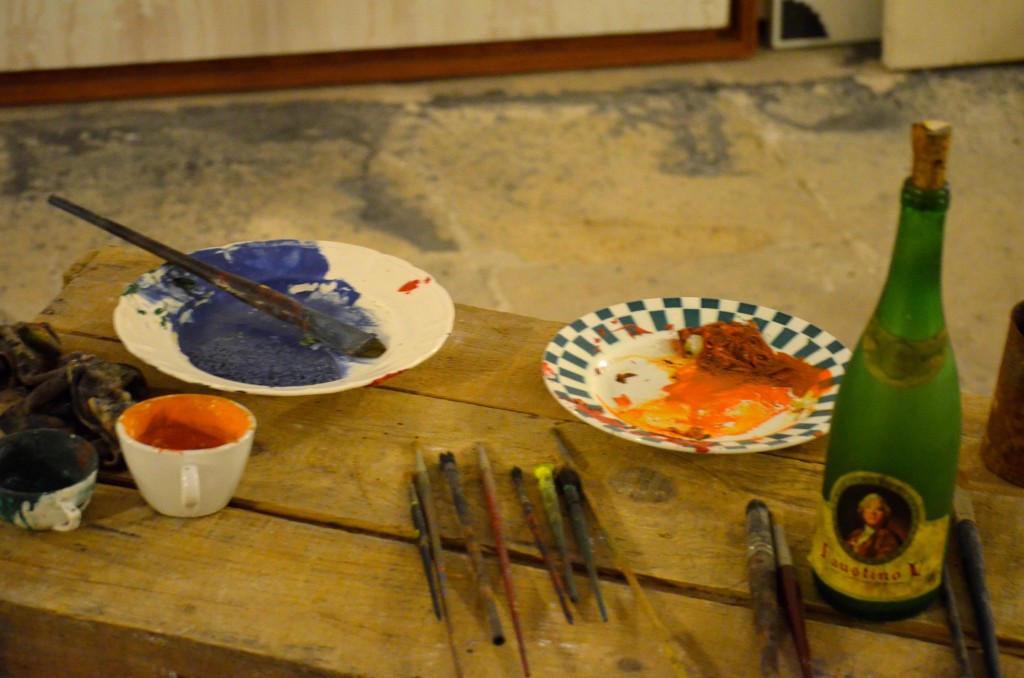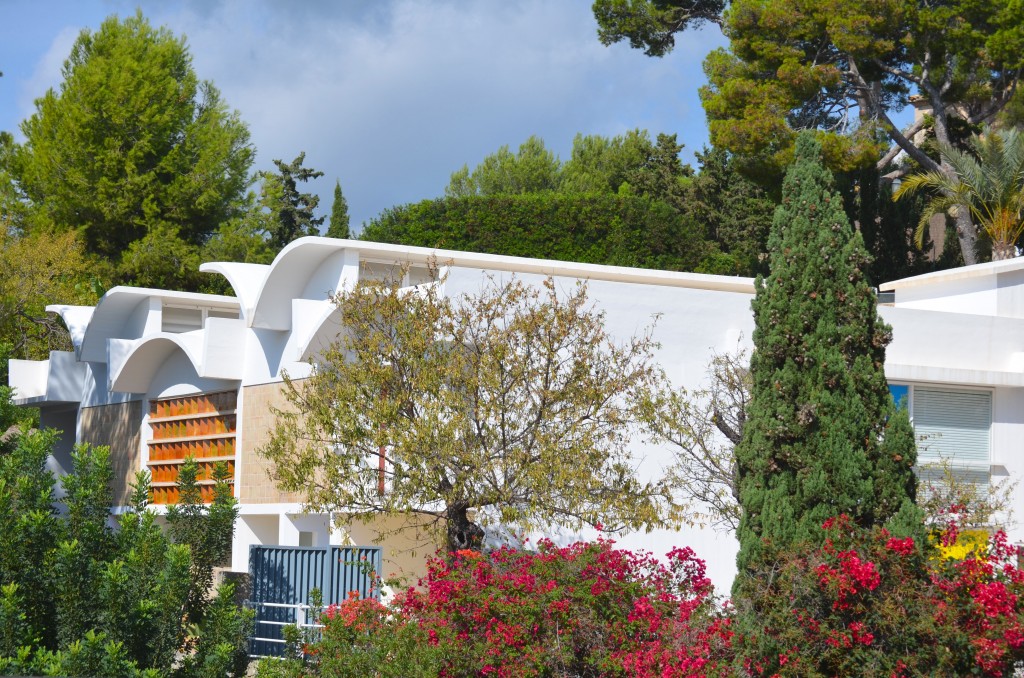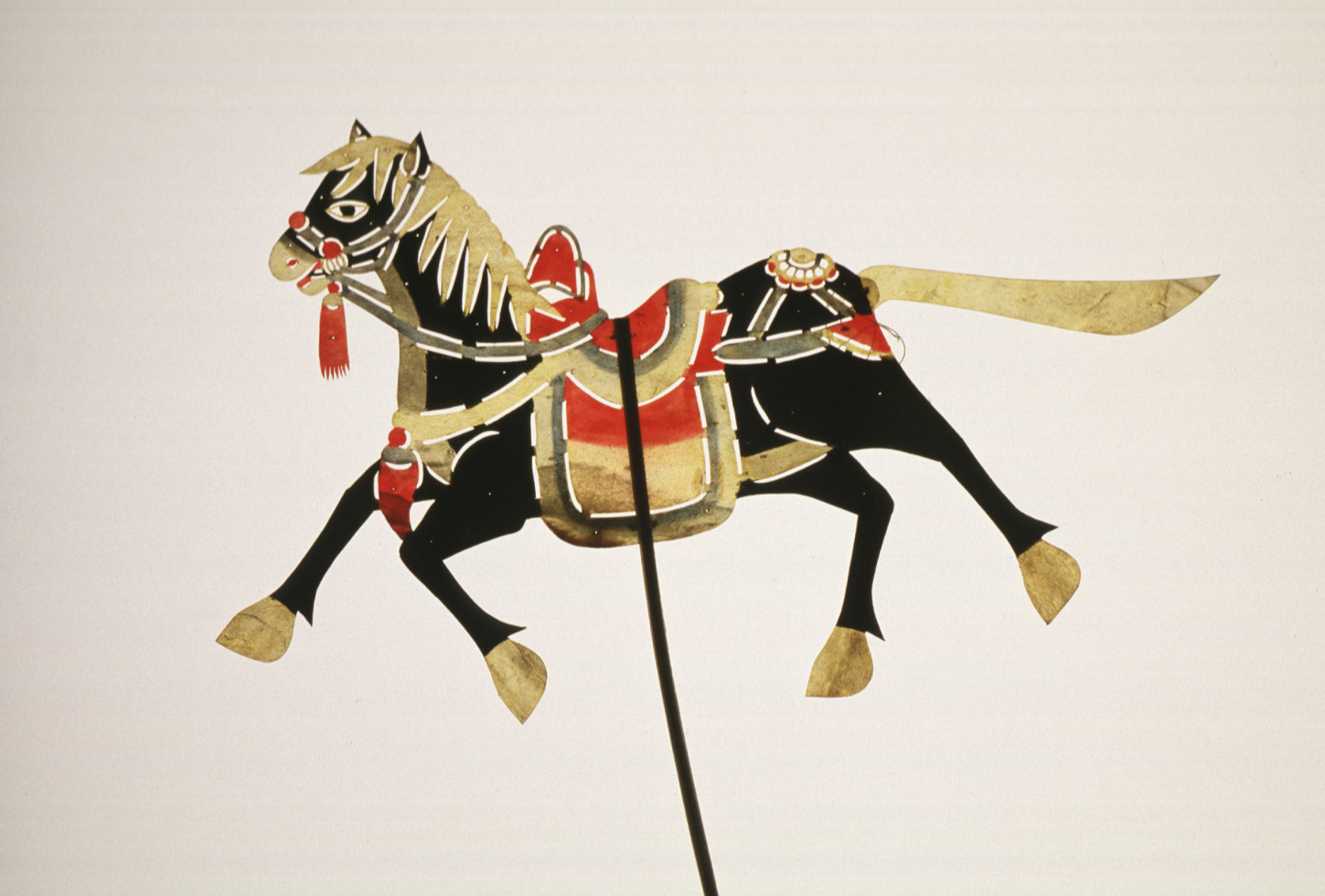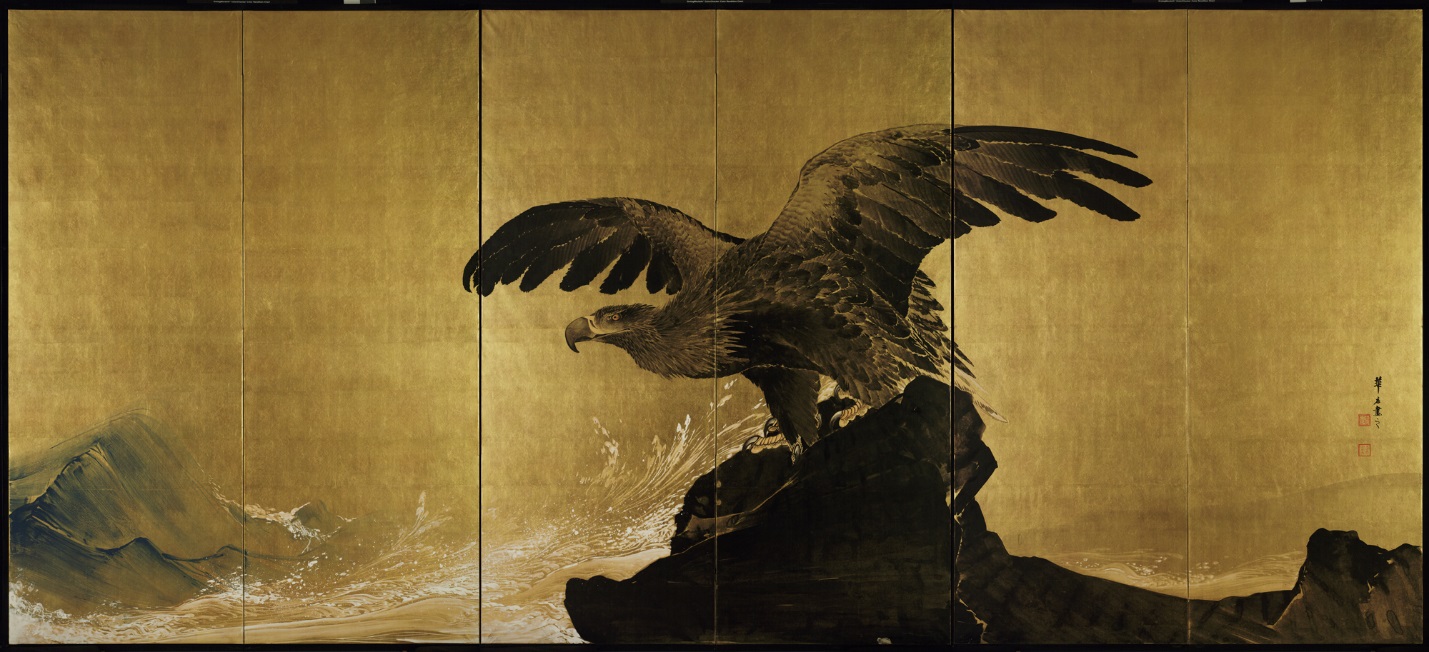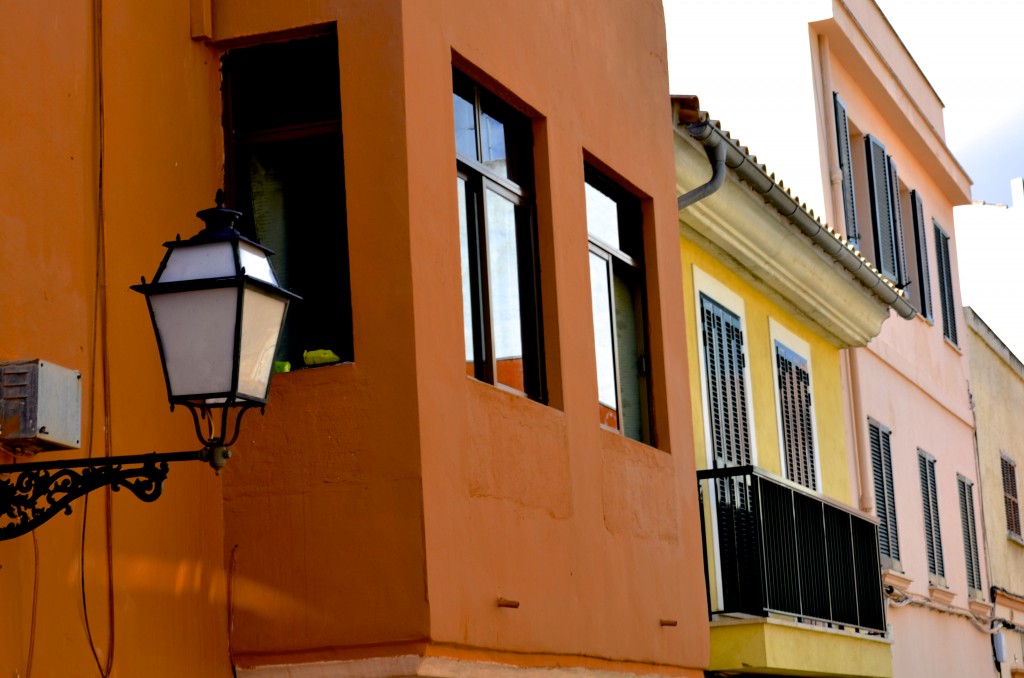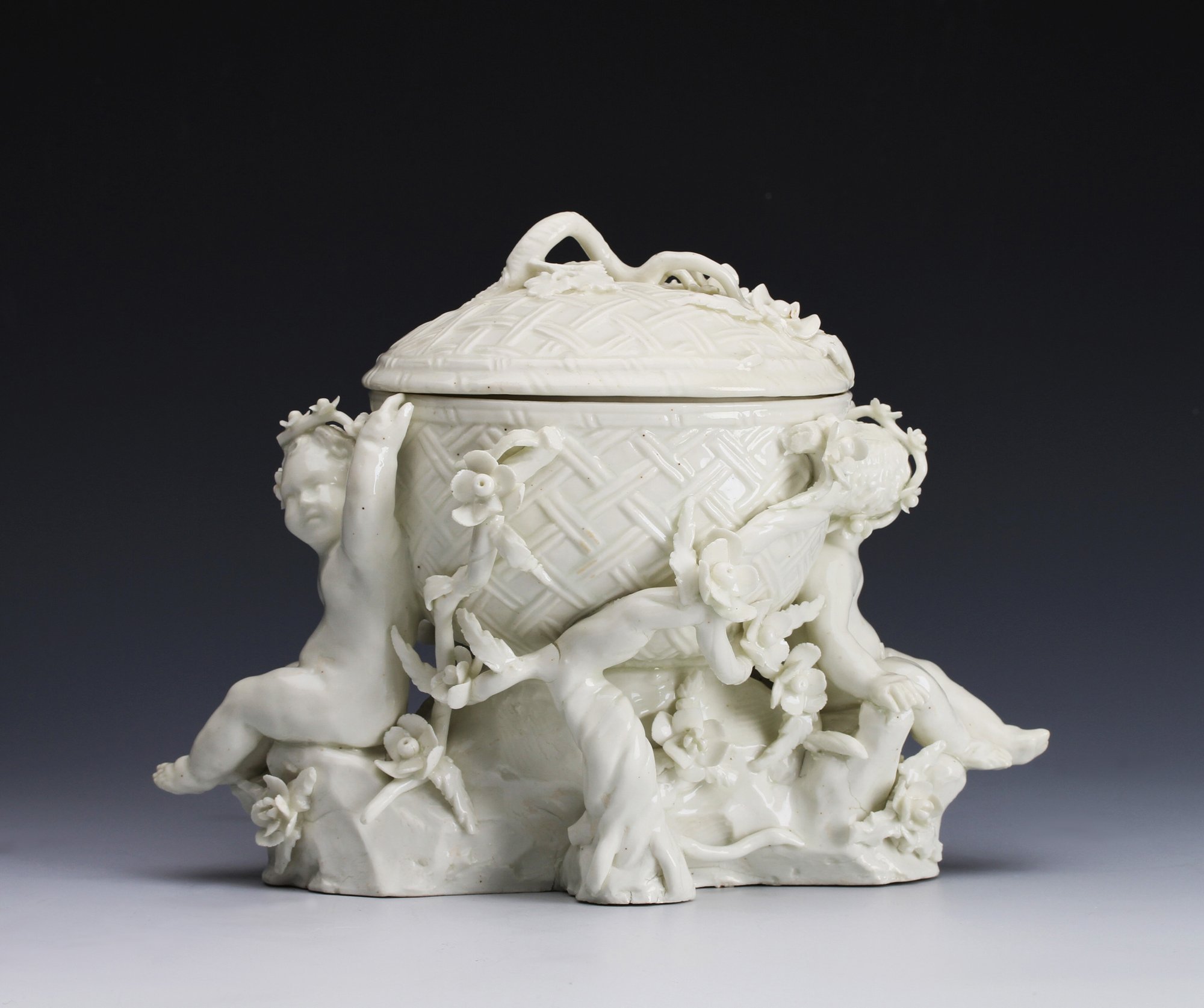Mona Lisa Smiles, Girdles, and Artistic Accomplishment
Let’s face it: women were not exactly free to challenge the system in the 1950s. Donna Reed was the ultimate hero for women of that decade; the perfect example of what a housewife and mother should be. Other examples of these women are found in the Seattle Times’ historic archives, where engagement announcements, sorority fundraisers, and art show reviews mix and mingle on the society pages. Advertisements proudly display the latest fashions and gadgets that can help the average housewife “wow” her family and friends with her ability to clean the house, cook a full meal, and still look like she just stepped out of a magazine (note: this usually involved a girdle).
This decade has been picked apart in retrospect by television and film, but not many have explored the art and history of this time period better than Mona Lisa Smile. Katherine Watson (Julia Roberts), an art history professor at Wellesley College in 1953, challenges her female students by asking them to reconsider everything they’ve ever been told about “the roles they were born to fill.” [1] Katherine Watson pushes them to think beyond marriage and the expectations of the time.
For those who have seen this film, you might remember the scene where Katherine Watson comes to class with slides featuring the latest advertisements for girdles and kitchen appliances. Women were expected to go to college to find a husband and receive their “M.R.S.” degrees, and clearly Ms. Watson had had enough of students disappearing from class to get married. In this particular scene, she asks:
“What will future scholars see when they study us? A portrait of women today? There you are ladies: the perfect likeness of a Wellesley graduate, Magna Cum Laude doing exactly what she was trained to do…I wonder if she recites Chaucer while she presses her husband’s shirts? Now you physics majors can calculate the mass and volume of every meat loaf you ever make!”[2]
It is revealed in the film that Katherine’s mother was a part of the war effort and her independence from this time translated onto her daughter. Many women of the 1950s were influenced by World War II and the aftermath of it that changed America and the way people thought about gender roles in society. Women had been given a chance to be independent and made up a large portion of America’s work force while they held down the home front. However, much of this changed when the war ended and men returned from overseas.
But what does this have to do with the Seattle Art Museum and the artists that we have in our collection? A lot. Many of the female artists I have been researching over the last year worked in this decade and had difficulty breaking the barriers that society had created. Katherine Watson is a prime (Hollywood) example of what female artists were trying to do in the 1950s. However, we have two artists that are a little closer to home for us that were able to create a name for themselves. Ebba Rapp and Jean Cory Beall were both born in 1909 and were highly accomplished and well known in the art community.

Log End, ca. 1946, Jean Cory Beall, American, 1909-1978, tempera on Masonite, 17 5/8 x 21 ¾ in., Eugene Fuller Memorial Collection, 46.225, © Jean Cory Beall
Jean Cory Beall grew up drawing and painting and took this passion with her into higher education in Paris, Mexico, and Seattle. Her watercolors and mosaics were primarily created for private clients but she also began receiving public commissions for mosaic murals.[3] Beall’s work was quickly recognized as something special and led her to accomplish an extraordinary amount, especially for a woman living and working in 1950s America. However, her career wasn’t easy to build. Beall created her own art and assisted her husband with design sketches for some of his Boeing products, while also taking care of their three children, Alan, Corey, and Barbara.[4] Beall seemed to “do it all,” and was recognized many years by the Seattle Art Museum’s Annual Exhibition of Northwest Artists, winning an honorable mention in 1943 for her piece, “Boomtown.”[5] Her work continues to hang in various museums and public buildings across the country, including the Federal Reserve Bank, the General Administration Building (Olympia, WA) and the Erco/Co. in Washington D.C.[6]
Originally a painter like Beall, Ebba Rapp was an accomplished portrait artist by the time she reached high school, but in the 1930s she had an opportunity to study under the renowned sculptor, Alexander Archipenko.[7] She began to incorporate sculpture into her work and her talent was eventually noticed outside of her local community when one of her pieces was included in the American Art Today exhibition at the New York World’s Fair in 1939. Rapp was also an active member of the Women Painters of Washington, founded in 1935. Rapp joined this group of women in 1936 after commenting that the Seattle art community was “dominated and politically controlled by a clique” of men, and that women were “systematically excluded.”[8] The Women Painters of Washington came together to “overcome the limitations they faced as women artists and to realize their artistic potential through fellowship.”[9] This community was needed at a time when women were not afforded the resources and recognition that they wanted or deserved and it continues to support women and their artwork today.
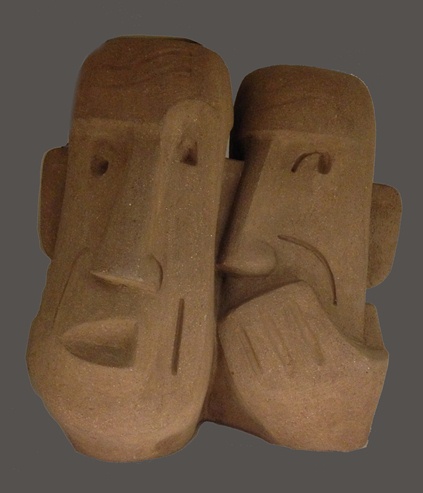
The Rumor, 1946-52, Ebba Rapp, American, 1909-1985, terracotta, 15 ½ x 14 ½ x 9 in. overall, Gift of David F. Martin and Dominic Zambito, in memory of John D. McLauchlan, 2011.3, © Ebba Rapp
Rapp, like Beall, had very a supportive husband who pushed her to share her work with the community. Rapp was incredibly humble; she often “turned commission invitations to others and was reluctant to enter her work in exhibitions.”[10] Oftentimes her husband, John D. McLauchlan would enter work to shows on her behalf.[11] A Seattle Times reporter noted in 1959, that Beall’s husband, Wellwood E. Beall, was “a person who believe[d] in letting wives have careers.”[12] This was out of the ordinary for the time; a husband who supported his wife having a career instead of a hobby? Ludicrous! Both Mr. McLauchlan and Mr. Beall broke the mold of a 1950s husband by encouraging their wives to follow their passions.
Among other things, the opinions of men are something that Katherine Watson tries hard to counter in Mona Lisa Smile. Topher Grace’s character, Tommy, says it would be hard for his fiancée, Joan (Julia Stiles) to commute to and from law school and still get dinner on the table by five. These were the expectations that many held during that period. Finally, Katherine gets through to one of the girls. Betty Warren (Kirsten Dunst) was Katherine Watson’s most staunch opponent, but by the end of the film she understands that even though Mona Lisa is smiling in Leonardo’s masterpiece, we do not know if she was actually happy. Like so many women of the time, Betty Warren wore a mask and pretended she was happy because she was doing what she was told she should be doing. Jean Cory Beall and Ebba Rapp may not have had easy journeys to begin their creative careers, but they proved that they could support their husbands and families while also breaking those social mores and being successful and driven women who opened the doors for generations of artists to come.
-Annika Firn, Curatorial Intern
[1] Mona Lisa Smile. Revolution Studios and Columbia Pictures, Inc., California, USA, 2003.
[2] Ibid.
[3] Fitzgerald, Annamary. “National Register of Historic Places Registration Form: General Administration Building,” United State Department of the Interior, National Park Service, July 1, 2006, p. 8.
[4] “1994 Distinguished Engineering Alumni/ae Award Recipients,” The University of Colorado, 1994.
[5] “Newcomers Win Prizes in Art Preview,” The Seattle Times, October 7, 1943, p. 26.
[6] “Assembly Names Five As Leaders in Fine Arts,” The Seattle Post Intelligencer, November 4, 1958, p. 12.
[7] John McLauchlan. Interview by Barbara Johns. Tape recording. Seattle, WA., 26 February, 1987.
[8] Ibid.
[9] “History,” Women Painters of Washington, http://www.womenpainters.com/ABOUT/About.htm
[10] McLauchlan interview, 1987.
[11] Ibid.
[12] “Mexican Muralist is Teacher,” The Seattle Times, August 23, 1959.
